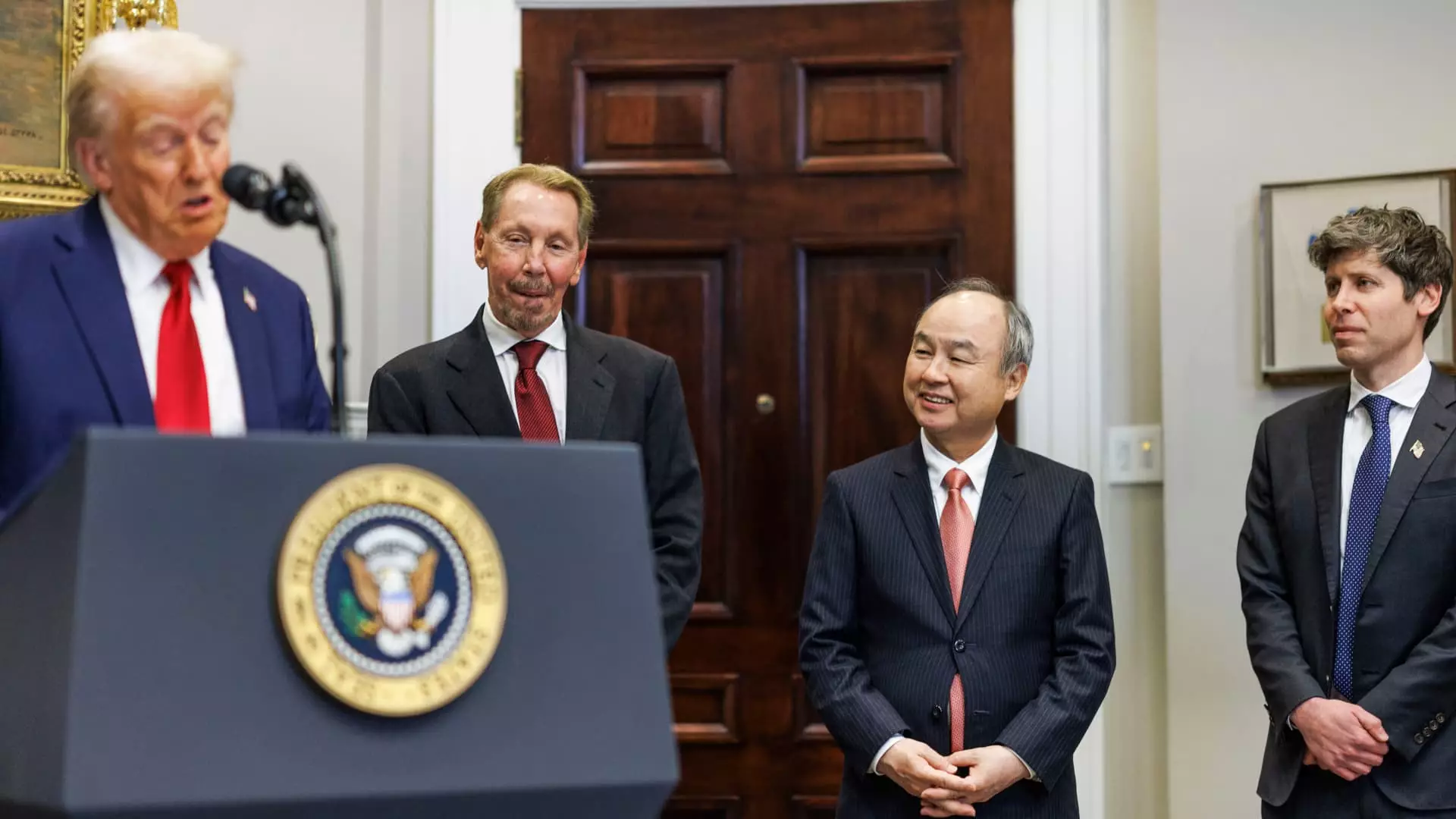The relationship between Microsoft and OpenAI, once characterized by exclusivity and synergy, is undergoing significant transformations. Microsoft’s role as the primary cloud service provider for OpenAI is being redefined as the two entities venture into a more competitive and collaborative framework. This article explores the implications of this shift, highlighting the strategic decisions that will shape the future of artificial intelligence development and deployment.
In a recent announcement, Microsoft acknowledged that it is losing its exclusive computing capacity designation from OpenAI, the leading AI research organization it has heavily invested in. This announcement coincided with a broader initiative named the Stargate Project, which involves OpenAI collaborating with other tech giants like Oracle and Softbank to bolster AI infrastructure in the United States. Though Microsoft retains the “right of first refusal” when OpenAI seeks additional resources, the shift signifies a move towards a more diverse supply chain for OpenAI’s computational needs.
The Stargate Project is expected to mobilize an initial investment of $100 billion, potentially rising to $500 billion over four years, which indicates a substantial commitment to enhance the AI landscape in the U.S. These developments spotlight the growing urgency amongst leading tech firms to enhance their AI capacities amidst escalating global competition in this critical field.
Competitive Landscape in AI Infrastructure
As Microsoft grapples with its evolving role in relation to OpenAI, it also faces increased competition not only from traditional rivals like Amazon and Google but also from newer entrants like Oracle. Oracle aims to establish itself as a formidable player in the cloud market and is now being positioned alongside major players like Microsoft and Nvidia to develop critical AI data center infrastructure.
The construction of expansive data centers in Texas, each spanning half a million square feet, epitomizes the scale at which these companies are operating. Oracle’s shares saw a notable increase following these announcements, illustrating investor confidence in the company’s ambitious plans. The partnership’s direction suggests a collaborative yet competitive dynamic among tech giants, as they race to seize opportunities that the AI sector presents.
Despite these shifts, Microsoft’s cloud platform Azure remains central to OpenAI’s operations. OpenAI has recently asserted that it will continue increasing its use of Azure, including a new large-scale commitment for model training and other products. Microsoft’s strategic investments in OpenAI, starting with a staggering $1 billion in 2019, have indeed laid the groundwork for a mutually beneficial relationship, although the lines of competition are beginning to blur.
Microsoft continues to hold significant rights, particularly regarding the intellectual property associated with OpenAI’s services. This includes the integration of AI capabilities into products like Copilot, thus ensuring that Microsoft maintains a competitive edge in the burgeoning AI tools market.
Future Implications for AI Development
The dynamic between Microsoft and OpenAI indicates a shifting narrative in the AI industry. Where once cooperation was the prevailing theme, a new reality of strategic competition is emerging. Microsoft’s designation of OpenAI as a competitor earlier this year underscores this change, reflecting a deeper acknowledgment of the potential for AI-driven innovations to disrupt existing market relationships.
As both organizations advance, the question remains: how will these changes affect the broader landscape of AI development? The diversification of cloud partnerships may foster innovation and speed up advancements in AI technologies, as companies leverage their unique strengths and capabilities. However, it also raises concerns about the fragmentation of the industry, which could complicate collaborative efforts that have historically driven breakthroughs in artificial intelligence.
The evolving dynamics between Microsoft and OpenAI present a compelling case study of strategic partnership, competition, and technological innovation in the rapidly changing realm of artificial intelligence. As the two organizations navigate their new roles, the ramifications will not only reshape their own futures but could also have lasting impacts on the broader AI ecosystem. Collaboration may still play an essential role; however, the increasing competition points to a future where agility and adaptability in strategy will be key to success in the AI-driven world. The marketing and technological advancements made by these companies in the near future will likely be closely scrutinized as observers seek to understand the implications of their new competitive landscape.


Leave a Reply